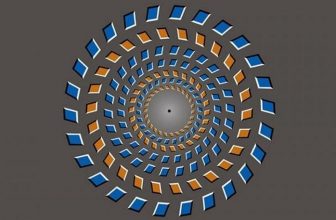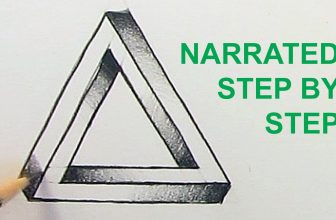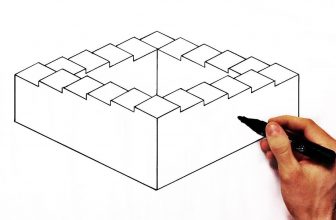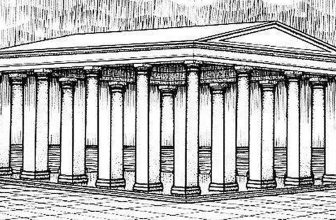Renaissance Mannerist — Giuseppe Arcimboldo, (also spelled Arcimboldi), royal painter and imperial party planner to sixteenth-century Italian emperors; Ferdinand I, Maximilian II, and Rudolf II.
Giuseppe Arcimboldo was born in 1527 and grew up during the High Renaissance. A natural artistic talent landed him a coveted spot as student to the renowned painter Leonardo Da Vinci. Later Arcimboldo accepted a position as Royal Painter in the imperial court. Arcimboldo faithfully served the court for the next 25 years.
Part of Arcimboldo’s duties included designing gala events for the imperial family. These were flashy affairs with gilded fountains and rivers of champagne, parades and promenades, flocks of colored birds, music, theater, tons of original artwork, sculptures, and much pageantry. Giuseppe invented many unique special effects for these events such as a enormous hydro-mechanically powered musical instrument which acted like a modern color organ. Arcimboldo called it the “Harpsichord of Color.”
Among the services Arcimboldo performed for the Court included the task of producing an endless series of portraits for the imperial family and other heads of state. Since there were no copy or print machines in the sixteenth century every portrait had to be duplicated by hand. It was during these endless hours spent in his studio that Arcimboldo invented the style of painting that would forever separate him from the other painters of the day.
The Composite Head. Giuseppe began to paint tongue-in-cheek portraits of people with rendered clumps of mammals, fish, vegetables and other natural objects. Instead of a nose Arcimboldo uses an elephant to form the shape, instead of an ear, a pelican or alligator, instead of a mouth he uses the shape of a ripe vegetable. His whimsical “composite head” paintings were the hit of his day, and continue to delight art lovers in every generation. Below are a few of our favorite composite heads…
 |
Earth
The example above is called Earth and is part of a series of paintings devoted to the elements of nature. Here you see a head made of a variety of animals cunningly rendered to achieve amazingly realistic facial features. How many different animals can you name?
 |
Water
Above is another painting from Giuseppe’s elemental series of portraits. This one is called Water. Here the portrait is made up of sea-creatures of all types. Notice that the mouth is made from a Shark and a Manta Ray forms the cheek. How many other aquatic animals can you identify?
Shark and a Manta Ray forms the cheek. How many other aquatic animals can you identify?
 |
Summer
Above is a painting from a series based on the four seasons. This one is called Summer. In this portrait the gentleman’s nose appears to be made out of a ripe cucumber. Look closely at the man’s coat. Can you see the name of the artist woven into the collar of his jacket, and the date 1573
embroidered on the shoulder?
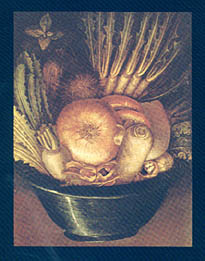 |
Man in the Vegetables
Arcimboldo also created a few paintings of what we call “topsy-turvy” or inverted illusions. The example below is called the Man in the Vegetables. Right-side up, the painting looks like a bowl of fresh produce. But when inverted, it looks like a man’s face with mushrooms for lips. Mouse over the image to invert the painting.


